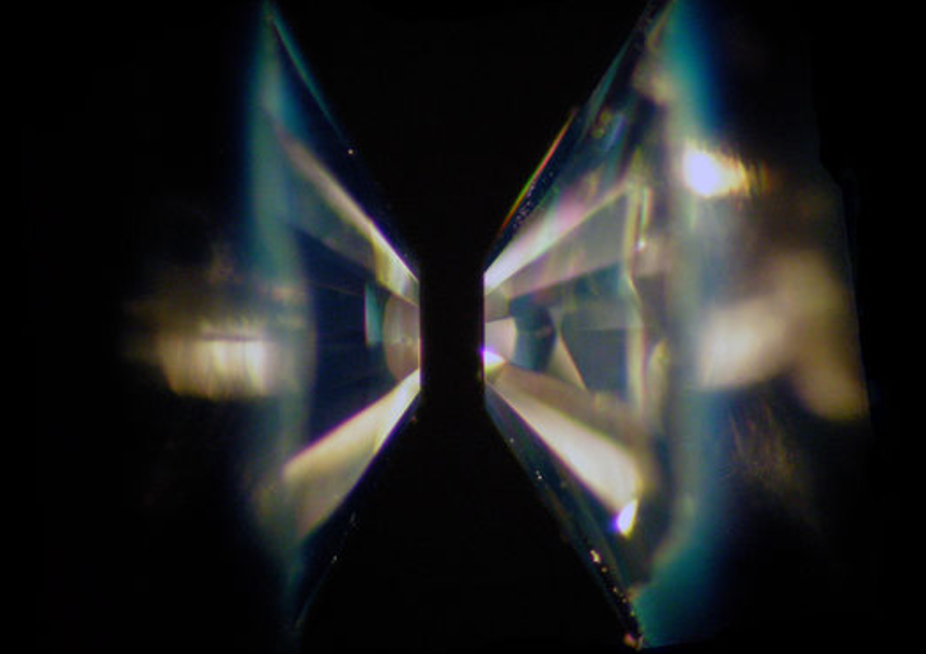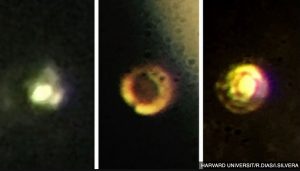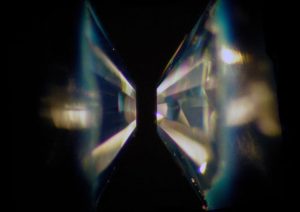
Scientists invent hydrogen wonder material





Scientists in the US claimed to have turned hydrogen into a state where it behaves like a metal according to Ranga Dias and Isaac Silvera , Harvard researchers.
Their report is featured in this week’s Science Magazine.
Their theory suggests metallic hydrogen could be used to make zero resistance electrical wiring and super-powerful rocket fuel. They squeezed a cell containing a small sample of molecular hydrogen between two synthetic diamonds, and this diamond anvil cell (DAC) achieved pressures up to 495 gigapascals (GPa) about 4 million times atmospheric pressure. The DAC also was chilled down to minus 270 Celsius. The aim was to pack the atoms of hydrogen close together that they formed a crystal lattice and started to share their electrons – which is that of a metal.
“As we turned the pressure up, it went to a transparent molecular solid, the with higher pressure it went black, and we think it goes black because it becomes like a semi-conductor preventing laser light from getting in and it can absorb light, and even higher pressure it started shining. The extremely high reflectance measured about 90%, which is the reflectivity of an aluminum mirror.”
Metallic hydrogen was first produced 80 years ago, and might be metastable, once made under extreme conditions it would maintain its state even when brought back up to ambient pressures and temperatures. Some think a zero-resistance superconductor could lead to a transmission and storage of electricity. Already super-cold liquid hydrogen makes a powerful rocket propellant, and dense metallic form of hydrogen promises to deliver really colossal levels thrust that would enable huge payload to be lifted off Earth.
Combining Hydrogen with ultrathin graphene could produce semi-conductors that can carry charges and ultimately replace silicon as the basis of semi-conductors when the traditional material reaches its physical limits.
Placing a single atom layer of hydrogen atop graphene confers magnetic properties, “painting magnetism on a canvas of graphene”.
